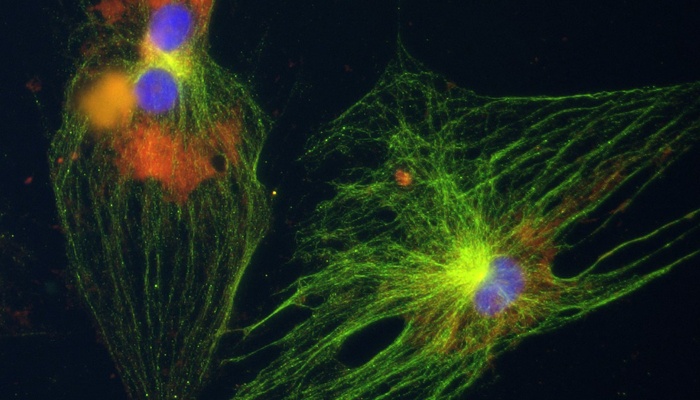Sensitive skin is characterised by discomfort such as tingling, burning, pain, itching, and prickling in various areas of the body. These sensations occur in response to stimuli that would normally not provoke such reactions. Sensitive skin may appear normal to the naked eye or, conversely, show visible signs of erythema (redness).
The increasing prevalence of sensitive skin in the population is pushing cosmetic manufacturers to develop suitable products, such as creams, serums, sprays, and oils that claim “soothing”, “anti-irritant”, “anti-itching” or “suitable for sensitive skin” effects. To ensure these claims, rigorous and innovative testing methods are essential.
Nerveskin: An ex vivo reinnervated skin model
A major advancement in this field is the development of Nerveskin, an ex vivo human reinnervated skin model, created by Eurofins BIO-EC in collaboration with the University of Western Brittany. This model mimics the characteristics of sensitive skin by incorporating human sensory neurons derived from differentiated stem cells. Thus, it recreates the neurocutaneous interactions responsible for sensations of itching and skin discomfort.
Itching, an unpleasant sensation that leads to scratching, is often associated with inflammatory skin conditions and is a frequent feature of sensitive skin. The Nerveskin model allows for the evaluation of cosmetic product efficacy by testing their ability to soothe this uncomfortable sensation.

GSR: An emotional characterisation method for sensitive skin
For in vivo assessment, the Galvanic Skin Response (GSR) represents a significant
innovation in characterising skin sensitivity and objectively evaluating the calming or soothing effects of cosmetic products. GSR measures the variation in skin resistance to electrical current following sensory or emotional stimulation. When a person is exposed to a stimulus, the activity of the sweat glands (responsible for thermal regulation) under the skin is altered, thus increasing skin conductivity and inducing an electrodermal response.
This method quantifies the skin’s subconscious response to a stimulus, providing an objective measure of cutaneous sensitivity. For example, if a reduction in skin sensation related to a heat source on sensitive skin is observed after applying the cosmetic product, the soothing effect of the product is validated.

Towards new horizons in sensitive skin care
These innovative testing approaches, both ex vivo and in vivo, represent advancements in the development of cosmetics suitable for sensitive skin. They not only allow for a better understanding of the fundamental mechanisms that drive skin sensitivity, but also the scientific validation of product efficacy. By combining ex vivo models like Nerveskin with in vivo measurement methods such as GSR, the cosmetic industry can innovate in a targeted way, creating products that precisely meet the needs of consumers with sensitive skin.
Innovations such as the reinnervated skin model and the use of galvanic skin response pave the way for a deeper understanding of the needs of sensitive skin and more precise validation of cosmetic claims, thereby strengthening consumer confidence in the products they use.

